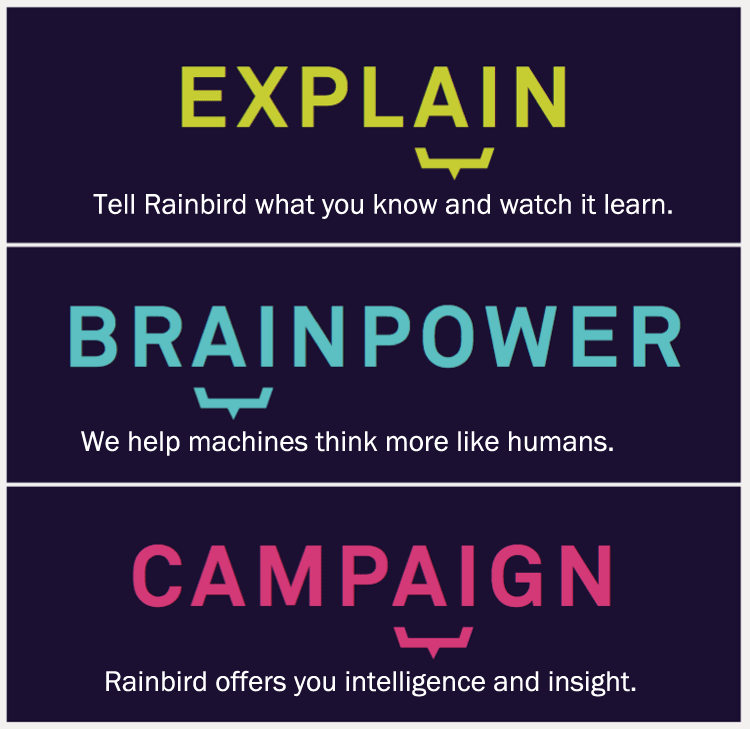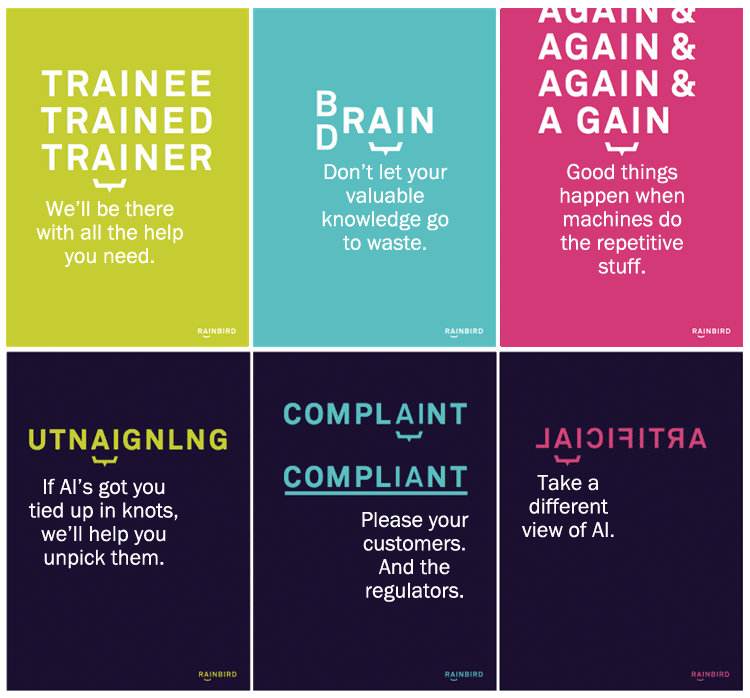Good design is essential for a strong brand identity. But it’s only the first step towards bringing a brand to life. In this guest post, copywriter and author Tom Albrighton explains how writing fits into the picture, and Why great branding needs great copywriting.
As all good designers know, a brand is more than just a logo. Brands are what people think of them, and a great logo – though vital – is only the first step towards shaping those thoughts. So what part does copywriting play?
One way to think of a brand is as a person, with their own unique character. If a logo is how they look, copy is what they say. Brand writing is about choosing the words that brands will use when we ‘meet’ them, buy them and let them into our lives.
Words are essential to the world’s biggest and most successful brands. Picture the Nike swoosh and you’ll probably hear or see ‘Just do it’ in your mind. Even though the logo predated the tagline by 27 years, they’ve become inseparable. ‘Just do it’ is part of Nike’s verbal identity. It’s not just something that the brand says, but a part of who it is.

As this example shows, writing and design are two sides of the same coin. They work together and reinforce each other to express different aspects of the same idea. That’s why writer-plus-designer creative teams are so powerful and so popular in the agency world.
Table of Contents
Brand tone of voice
Of course, there’s a lot more to brand writing than just putting a tagline under the logo. Winning brands develop a unique tone of voice that runs through everything they write or say. That gives them three distinct benefits, each one supporting the next.
The first benefit is consistency. Just as a logo should always look the same, so a consistent tone gives a brand a recognisable way of ‘speaking’. Without consistency, writing could give mixed messages about a brand, leaving the audience confused about who it is, or what it stands for.
The second benefit is character. Once you’ve made your writing consistent, you can use it to project a certain personality. Then you can say things people want to hear, in the way they want to hear them – and that translates into positive feelings about the brand. If you do it well enough, your tone of voice may even be recognisable without any other branding elements to support it, as Innocent’s has now become.
The third and final benefit is value. Having made your brand consistently likable, you can use it to communicate the unique value that the brand offers. That builds trust in the reader, which ultimately leads to loyalty and sales.

Naming and taglines
So, how can you get some copywriting involved with your brand design?
At the most basic level, a copywriter can help you name a brand. I’m sure you’ve been asked to polish up a brand that’s lumbered with a name that’s unoriginal, dated, inappropriate or just plain bad. If you have the courage to tell the client, and they have the courage to change, you can create something new. But you still might need some raw ideas to work with.
It may be that the brand name is OK, but it still needs to say a little bit more. In that case, a copywriter could create a tagline to get across a key message. It could be an abstract expression of brand value – like ‘Just do it’ – or it could be something more descriptive, so people who find the brand online have a clear sense of what it’s all about.
Brand guidelines
Another option is to help with brand guidelines. Professional text can help you talk about the design work you’ve done for a brand – and add something extra too.
A copywriter can explain the values behind a brand, or the thinking that went into an identity. They can explain how that brand should sound when it ‘speaks’, by summing up its tone of voice. And they can tell the story of a brand, giving the client a valuable bit of copy that they can potentially use in many other places (website, brochures, press, LinkedIn, etc).
Copywriters who leaf through brand documents are often amused to see their craft covered in three tiny paragraphs on page 56, while pages 11–55 specify the correct clearance around the logo for 238 different media. Of course, it’s only natural to focus on your own professional priorities. But if writing and design truly are equally important, they should get equal coverage in your brand book.
Sample writing
Another option is to do some actual brand writing to support the visual identity. It doesn’t necessarily have to be a specific campaign that the client is going to run. It could just be a demonstration of how a visual style could work with the copy in different formats, or how the tone of voice might sound in different situations.
As an example, here are some ideas I worked up in collaboration with The Click, a brand consultancy based near me in Norwich.
The client, Rainbird, develop artificial intelligence (AI) software. To create the new identity, The Click created a stylised bird device to highlight the abbreviation ‘AI’ within the brand name:

However, The Click wanted to go further, by showing how the same visual pun could be repeated and varied to carry many different messages.
That’s where I came in, by suggesting verbal plays, all based on the letters ‘AI’, that expressed messages that were relevant to the brand.
Since communicating complex B2B benefits in a purely visual way is a big ask, I also added brief captions that gave the answers to the riddles.
First, we focused on replicating the single-word approach of the logo:

But then we got a bit more adventurous, exploring multiple words and playing with their construction:

As I hope this example shows, working with a copywriter can make a big difference to how you work, and the value your offer. When you get copy involved, you can give your clients something that catches the ear, as well as the eye. That’s good for their business – which is good for yours too.
To learn more about the essentials of copywriting, including guidance on creating a tone of voice for a brand, read my new book Copywriting Made Simple, available in paper and ebook formats. I hope this article about Why great branding needs great copywriting has been helpful, and be sure to leave your comments below.
 Author Bio
Author Bio
Tom Albrighton is a copywriter and author of ‘Copywriting Made Simple’. When not doing words I’m usually doing miles.
copywritingmadesimple.info

